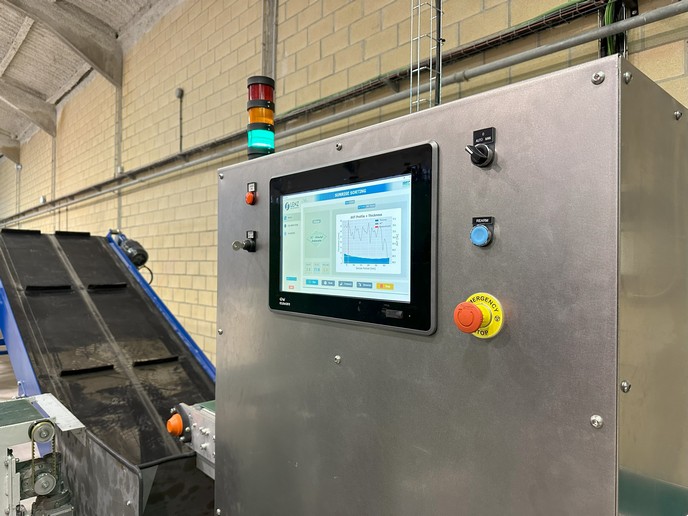Patio furniture from recycled aircraft
CFRPs account for up to 50 % of the weight of new aeroplanes. Further, aircraft production generates a significant amount of waste. CFRPs are not only an important part of aircraft components, but also increasingly important in sporting goods, wind turbine blades and automobiles. The growing use of CFRP composites is leading to increasing amounts of waste. Recycling is currently complicated by the complex compositions and structures of the composites. Add to this the combination of other materials to which the CFRPs are bonded, such as metal fixings and hybrid composites, and the recycling issue seems insurmountable. The EU-funded 'Sustainable recycling of aircrafts composites' (SUSRAC) project has developed a solution that could benefit the aerospace industry and many others. Scientists developed a procedure capable of reducing polymeric sheets with or without carbon fibre reinforcement to particles of sizes no greater than 1 mm. The materials are first cut into small pieces using a circular saw and then ground into a non-homogeneous powder. This is passed through sieves, enabling the selection of powders of different granularity. The team then obtained thermoplastic CFRP parts from end-of-life aircrafts and developed similar grinding procedures. The powders were used as filler materials for thermoplastic polymers in a cost-effective emulsion technology. Scanning electron microscope studies revealed that the emulsion-based process guarantees homogeneity at the microscopic level, promoting interfacial adhesion of the filler to the thermoplastic matrix. The adhesion was enhanced compared to conventional preparation methods, and thermal and mechanical properties were also improved. A prototype production system manufactured slabs of various formulations differing in the nature and proportion of filler. Tests showed that the recycled materials taken from end-of-use aircraft are an excellent alternative to virgin plastics for indoor and outdoor furniture application. Moreover, as the materials are thermoplastic, they can be recycled again at the end of their second useful lifetime. As CFRP use increases annually, SUSRAC technology provides a sustainable way to deal with waste through recycling and reuse in plastic products. Industrialisation has begun and is expected to have important impact on the sustainability of many market sectors.
Keywords
Recycled aircraft, carbon fibre-reinforced plastics, sustainable recycling, aircrafts composites







